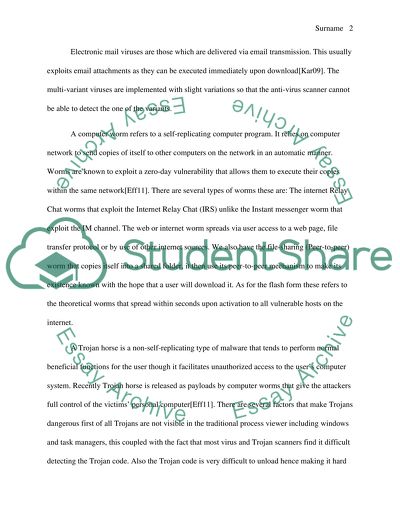Cite this document
(“Profit Implications of Malware Annotated Bibliography”, n.d.)
Retrieved from https://studentshare.org/information-technology/1396293-profit-implications-of-malware
Retrieved from https://studentshare.org/information-technology/1396293-profit-implications-of-malware
(Profit Implications of Malware Annotated Bibliography)
https://studentshare.org/information-technology/1396293-profit-implications-of-malware.
https://studentshare.org/information-technology/1396293-profit-implications-of-malware.
“Profit Implications of Malware Annotated Bibliography”, n.d. https://studentshare.org/information-technology/1396293-profit-implications-of-malware.


